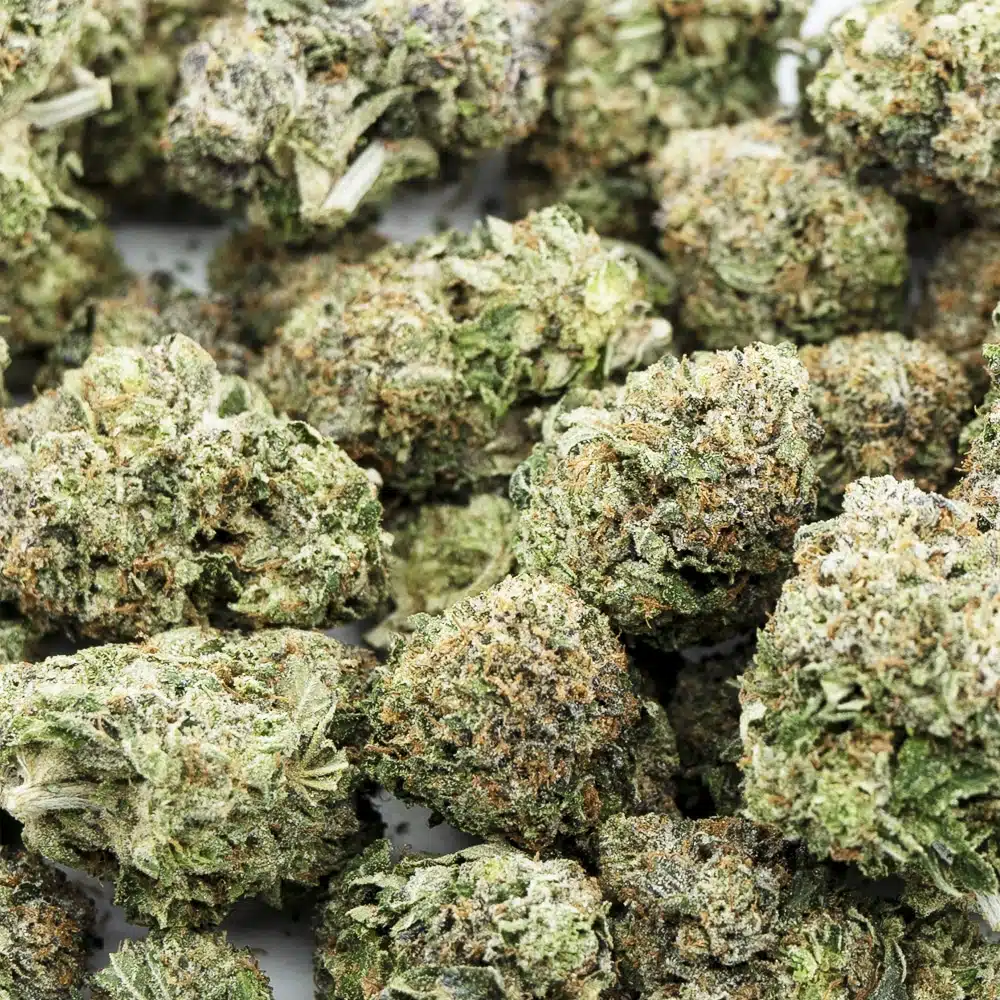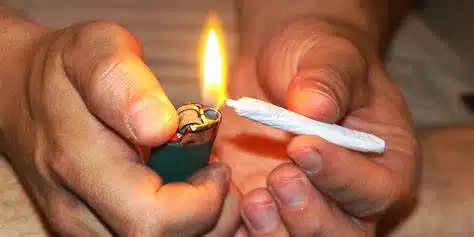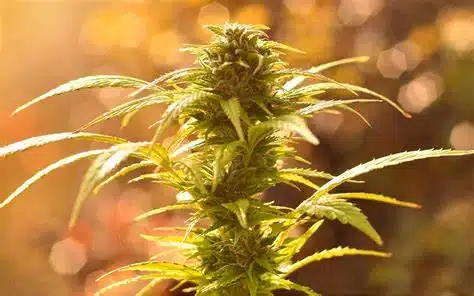Weed And Herbicide Management
Weed and herbicide management is a critical aspect of cannabis cultivation that requires careful consideration and planning. The use of herbicides can be an effective way to control weeds and other pests that can damage crops and reduce yields. However, the use of herbicides can also have negative impacts on the environment and human health if not used properly.
One of the most important factors in weed and herbicide management is soil health. Healthy soil can help prevent weed growth and reduce the need for herbicides, while also promoting healthy plant growth. To maintain soil health, it’s important to use organic fertilizers, rotate crops, and avoid over-tilling the soil.
Integrated pest management (IPM) is a holistic approach to pest control that involves using a combination of techniques to manage pests, including weed and herbicide management. This can include using natural predators, crop rotation, and cultural practices to reduce the need for chemical pesticides.
Companion planting is another technique that can be used to reduce the need for herbicides. By planting different crops together, growers can promote healthy growth and reduce the risk of pests and diseases. For example, planting marigolds alongside cannabis can help repel pests and reduce the need for chemical pesticides.
As the legalization of marijuana continues to spread across the United States and Canada, the demand for high-quality cannabis products has never been higher. However, with this increased demand comes the need for effective weed and herbicide management practices to ensure that crops are healthy and free from pests and diseases. In this article, we’ll explore 10 different subtopics related to weed and herbicide management that every cannabis grower should know about.
1. The Importance of Soil Health
One of the most important factors in weed and herbicide management is soil health. Healthy soil can help prevent weed growth and reduce the need for herbicides, while also promoting healthy plant growth. To maintain soil health, it’s important to use organic fertilizers, rotate crops, and avoid over-tilling the soil.
2. The Role of Integrated Pest Management
Integrated pest management (IPM) is a holistic approach to pest control that involves using a combination of techniques to manage pests, including weed and herbicide management. This can include using natural predators, crop rotation, and cultural practices to reduce the need for chemical pesticides.
3. The Benefits of Companion Planting
Companion planting is the practice of planting different crops together to promote healthy growth and reduce the need for herbicides. For example, planting marigolds alongside cannabis can help repel pests and reduce the need for chemical pesticides.
4. The Impact of Climate on Weed and Herbicide Management
Climate can have a significant impact on weed and herbicide management. For example, wet weather can promote weed growth, while dry weather can make herbicides less effective. It’s important to consider the local climate when developing weed and herbicide management strategies.
5. The Use of Organic Herbicides
Organic herbicides are becoming increasingly popular among cannabis growers who want to avoid the use of chemical pesticides. These herbicides are made from natural ingredients and can be just as effective as chemical herbicides when used correctly.
6. The Importance of Timing
Timing is crucial when it comes to weed and herbicide management. Applying herbicides at the wrong time can be ineffective and can even harm the crop. It’s important to follow the manufacturer’s instructions and apply herbicides at the right time for maximum effectiveness.
7. The Role of Cultural Practices
Cultural practices, such as crop rotation and cover cropping, can help reduce the need for herbicides and promote healthy plant growth. These practices can also help improve soil health and reduce the risk of pests and diseases.
8. The Impact of Herbicide Resistance
Herbicide resistance is becoming an increasingly common problem among cannabis growers. This occurs when weeds develop a resistance to herbicides, making them more difficult to control. To prevent herbicide resistance, it’s important to rotate herbicides and use a variety of weed control methods.
9. The Use of Pre-Emergent Herbicides
Pre-emergent herbicides are herbicides that are applied before the weed has a chance to emerge from the soil. These herbicides can be effective at preventing weed growth and reducing the need for post-emergent herbicides.
10. The Importance of Proper Application
Proper application is crucial when it comes to weed and herbicide management. Applying herbicides incorrectly can be ineffective and can even harm the crop. It’s important to follow the manufacturer’s instructions and apply herbicides correctly for maximum effectiveness.
In conclusion, weed and herbicide management is an important aspect of cannabis cultivation that requires careful consideration and planning. By following best practices and staying up-to-date on the latest techniques and technologies, cannabis growers can ensure that their crops are healthy, pest-free, and of the highest quality. And for those looking to buy weed online in Canada, be sure to check out West Coast Releaf Online Dispensary for a wide selection of high-quality cannabis products, including concentrates, edibles, vapes, and more.
General Tips
- It’s important to choose the right herbicide for the job. Different herbicides are effective against different types of weeds, so it’s important to choose the right one for the specific weed problem you’re facing.
- Herbicides can have negative impacts on non-target plants and animals, so it’s important to use them carefully and selectively. This can include using targeted application methods, such as spot spraying, to minimize the impact on non-target plants and animals.
- Some herbicides can persist in the soil for long periods of time, which can have negative impacts on soil health and future crop growth. It’s important to choose herbicides that break down quickly in the soil and to avoid overuse of herbicides in the same area.
- In addition to herbicides, there are other weed control methods that can be effective, such as hand weeding, hoeing, and mulching. These methods can be labor-intensive, but they can be effective at controlling weeds without the use of herbicides.
- When using herbicides, it’s important to wear protective clothing and follow safety guidelines to minimize the risk of exposure. This can include wearing gloves, goggles, and a respirator, and avoiding contact with the skin and eyes.
Conclusion
If you are interested in buying weed online and THC products, check out West Coast Releaf online weed dispensary and shop for your weed online and cannabis products at westcoastreleaf.co!













